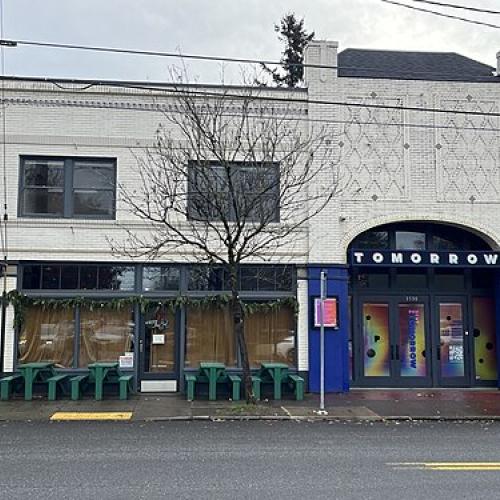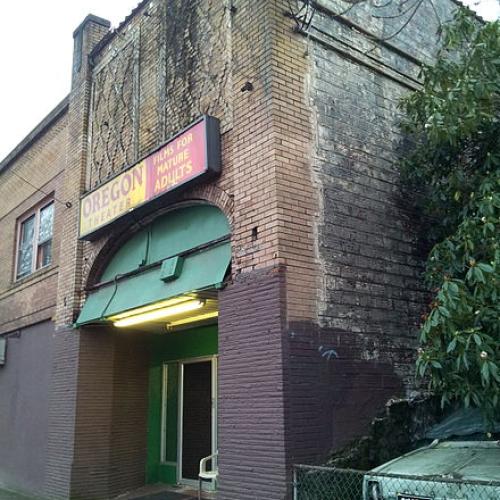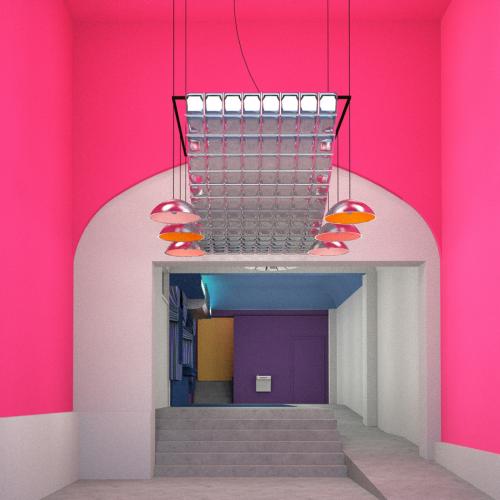The theater was originally built in 1925 by Gayne Maizels’ grandfather, Isaac Geller, the founder of the Aladdin Theater, to display live-action vaudeville shows (1). Originally named the Oregon Theater, the establishment showcased vaudeville acts before the 60’s, when the theater transitioned to a pornographic palace (4). Architect Hubert A. Williams incorporated a blend of Italianate style and streetcar-era commercial architecture into the final design of the building. The interior contained a $16,000 Wurlitzer pipe organ, 750 seats, a stage for performances, and a large screen for movie viewing (5). Before the theater came under the Maizels family ownership in 1967, J. W. McFadden Inc. oversaw the building as the original owner.
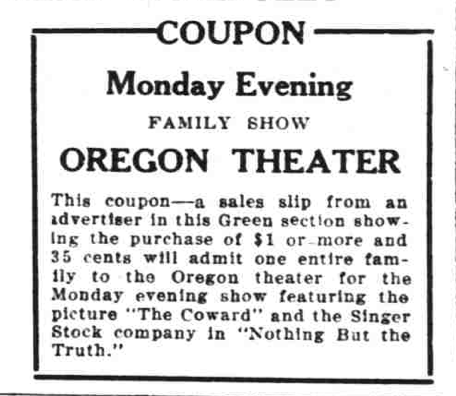
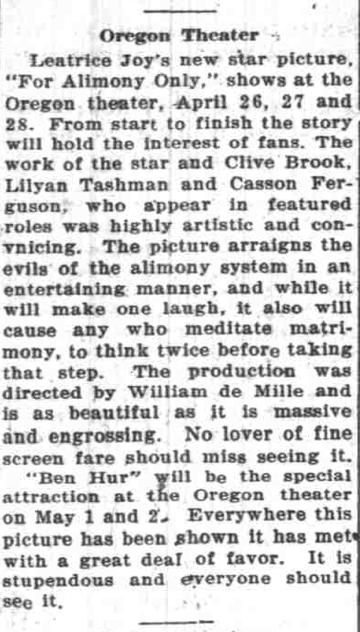
The Oregon Theater entered a new era after its decision to show X-rated films paid off during its screening of “Deep Throat” in 1972, as people lined up around the block to see one of the most famous pornographic films ever produced (1). The Maizels family profited off of the height of Portland’s adult-entertainment industry during the 70’s, proudly representing one of the city’s 18 porn theaters at the time. The 2000’s introduced censorship struggles and economic challenges to the theater with the invention of new technology that allowed the public to view movies from the comfort of their own homes (1). Complaints from local residents also began to grow as they increasingly worried about children seeing the Oregon Theater’s advertisements. Despite the theater’s attempts to keep itself open through the introduction of live sex shows and other features (1), these developments would soon force the Maizels to close their beloved theater.
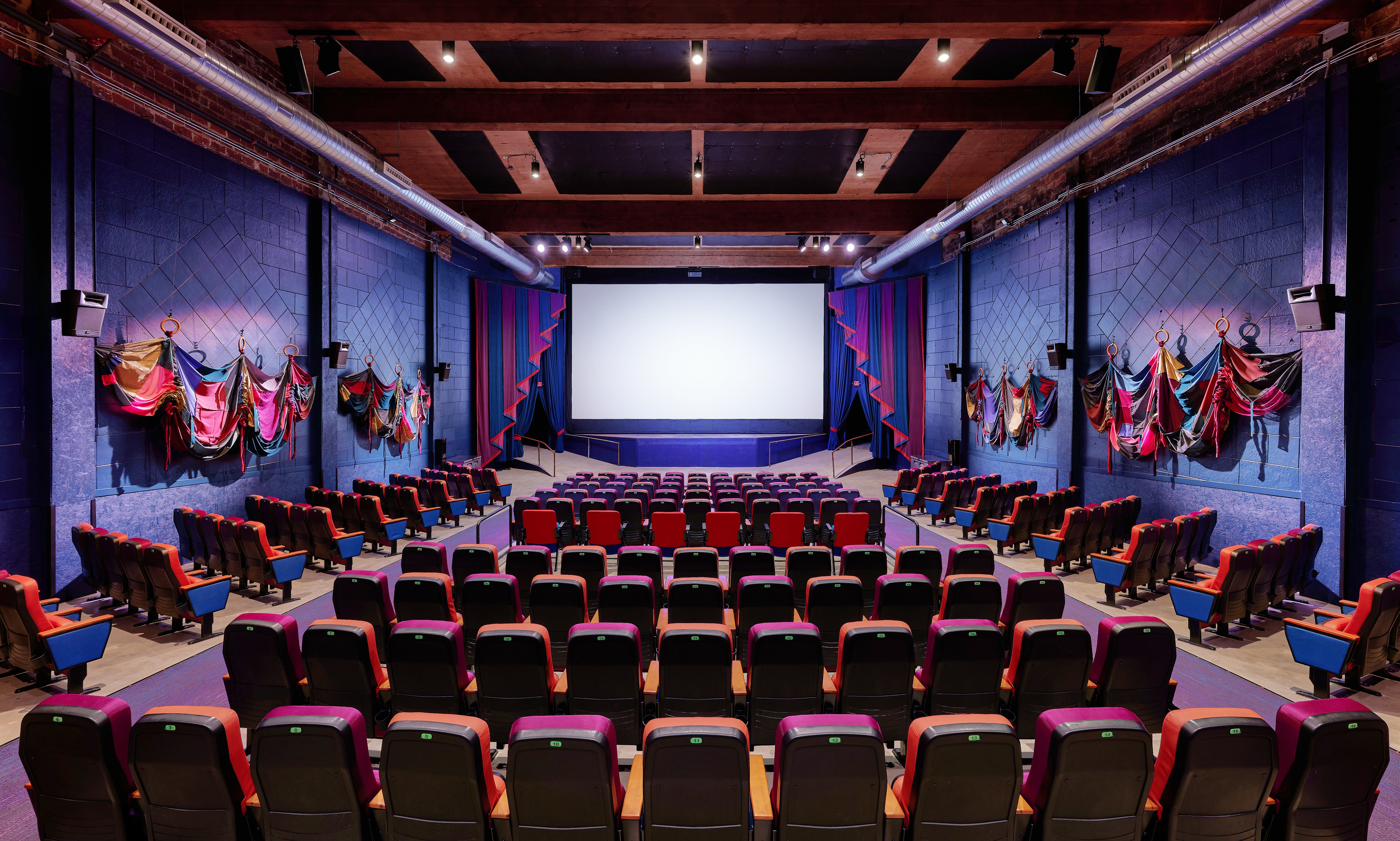
The Oregon Theater, known publicly as Portland’s last “porn palace,” went into foreclosure on February 13, 2020 (1). It was regarded by locals as a piece of Portland’s history, with many describing it as much less creepy than most of its kind. Former Peace Corps architect and Portland developer Kevin Cavenaugh purchased the theater for $1.8 million after he told the former owner, Gayne Maizels, that he would save the building from its foreclosure status and bring theater patrons back (4). Maizels passed away in May of 2020, and Cavenaugh intended to keep his promise. The Oregon Theater hadn’t seen any renovations or maintenance for 40 years, and sustained many of its original features from the 60’s.
The Portland Art Museum’s film and new media center, PAM Center for an Untold Tomorrow, chose to reopen the Oregon Theater’s doors under a new name, the Tomorrow Theater (2). The name was intended to reflect the direction that PAM CUT wished to take the space into. The new venue kept many of its old vaudeville elements in its redesign with futuristic touches to exhibit different eras of the theater’s rich history (2).

